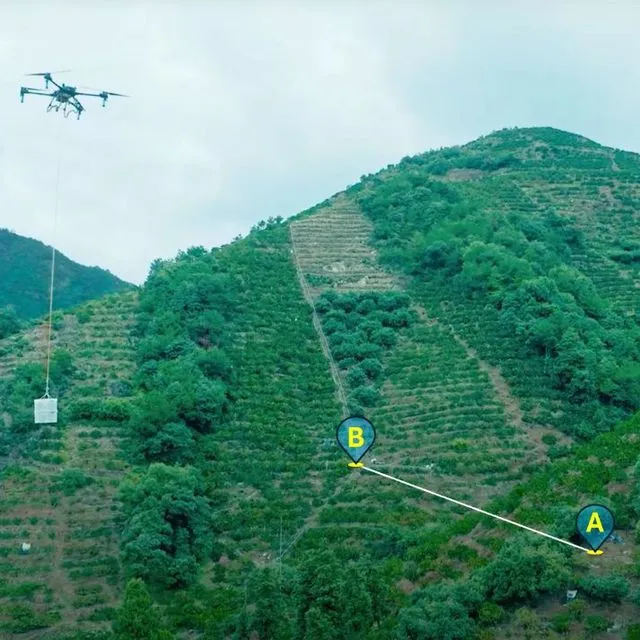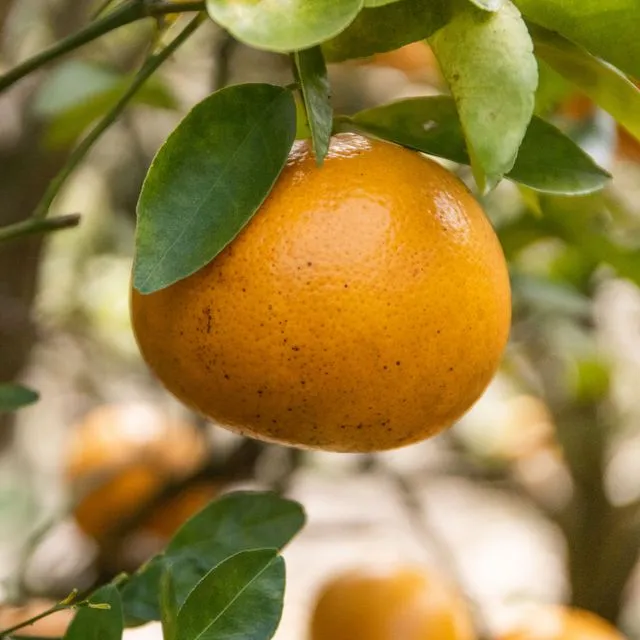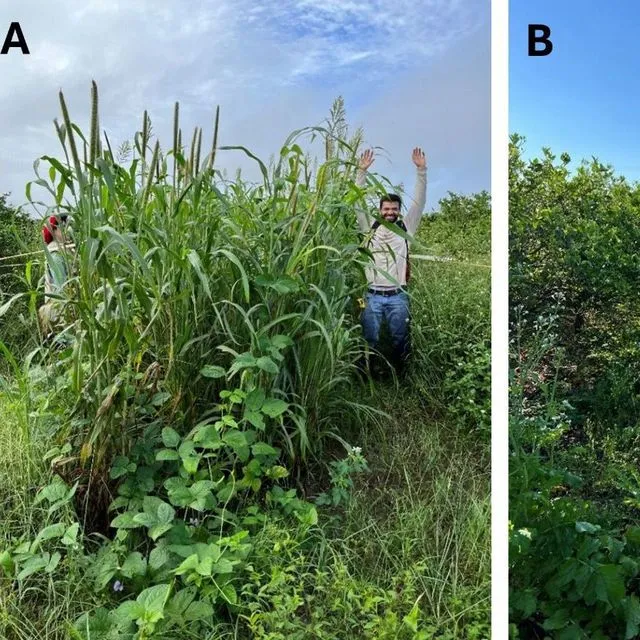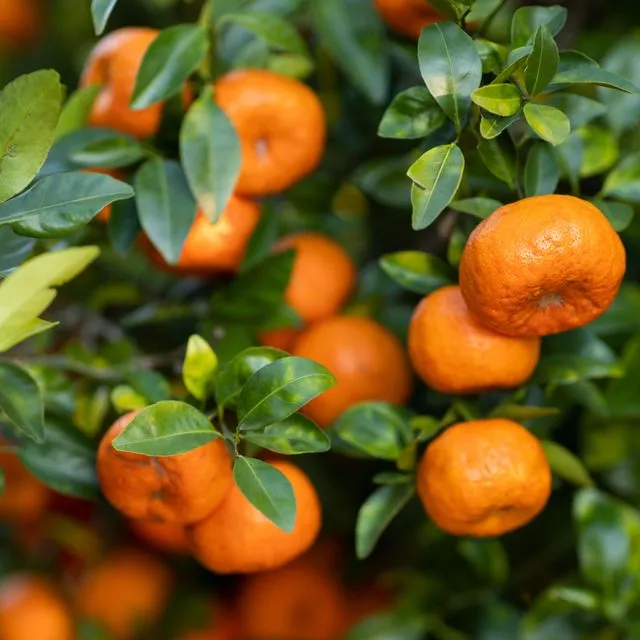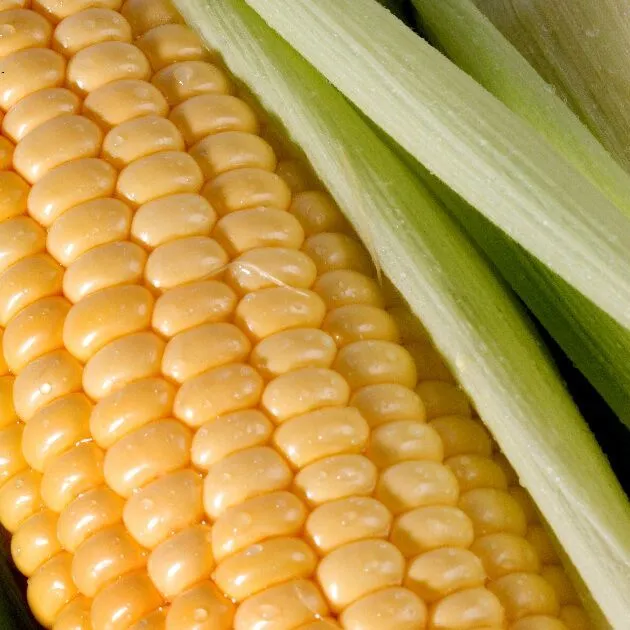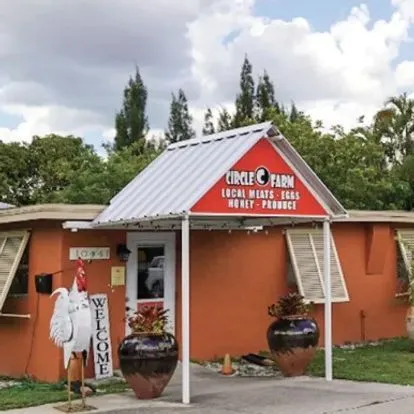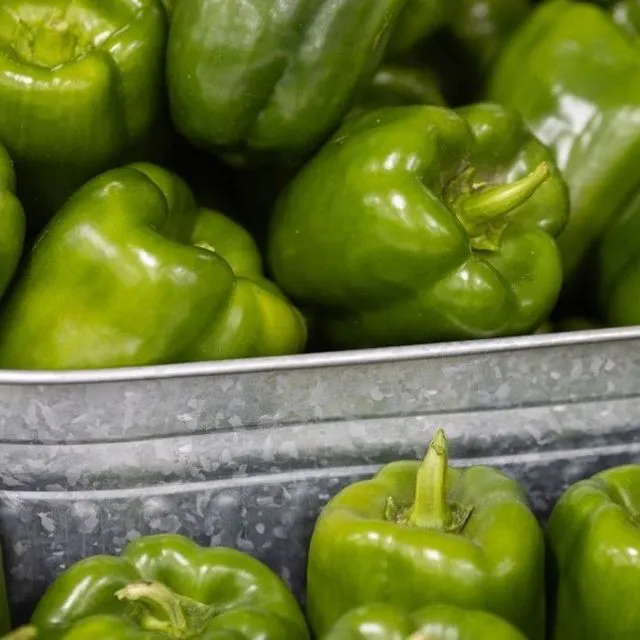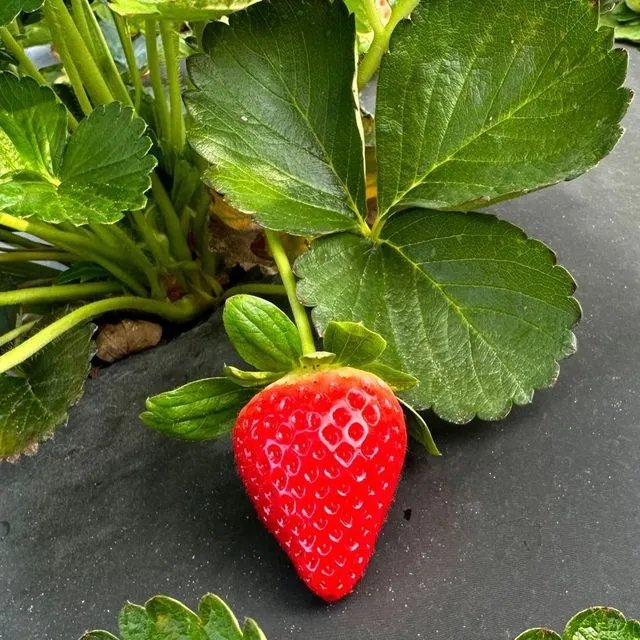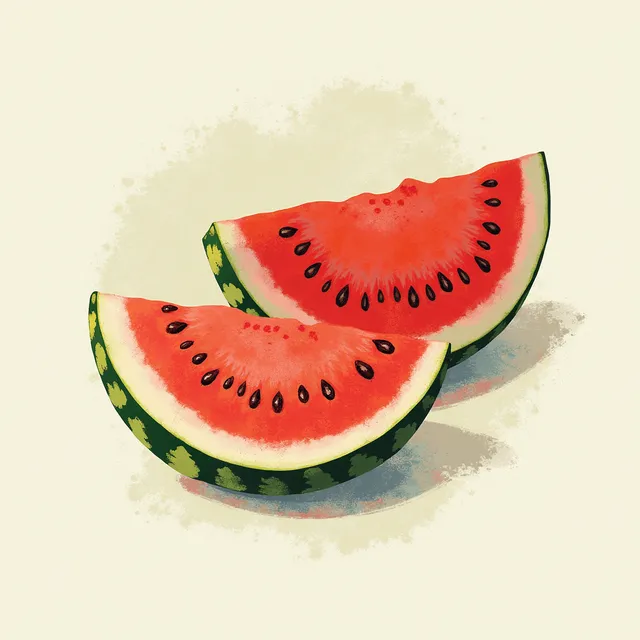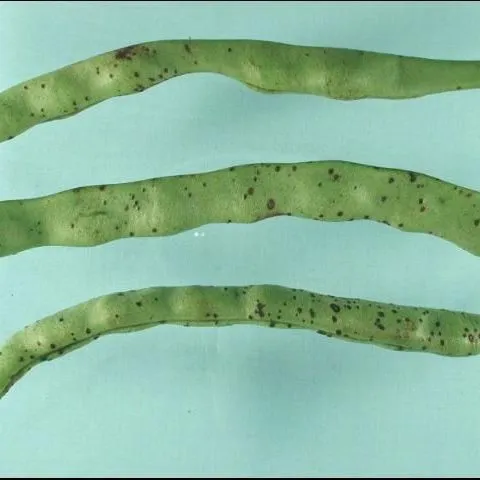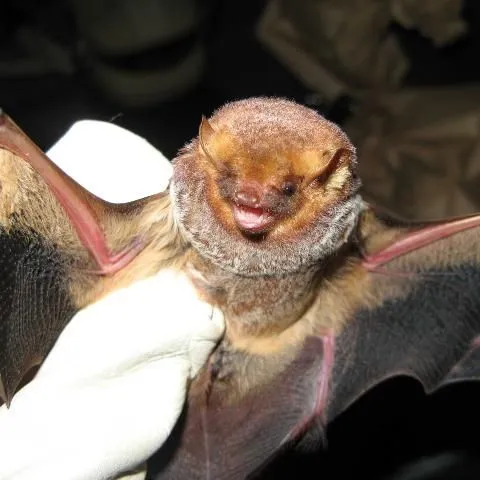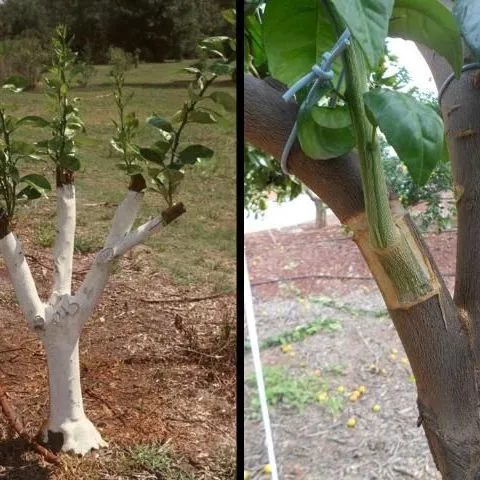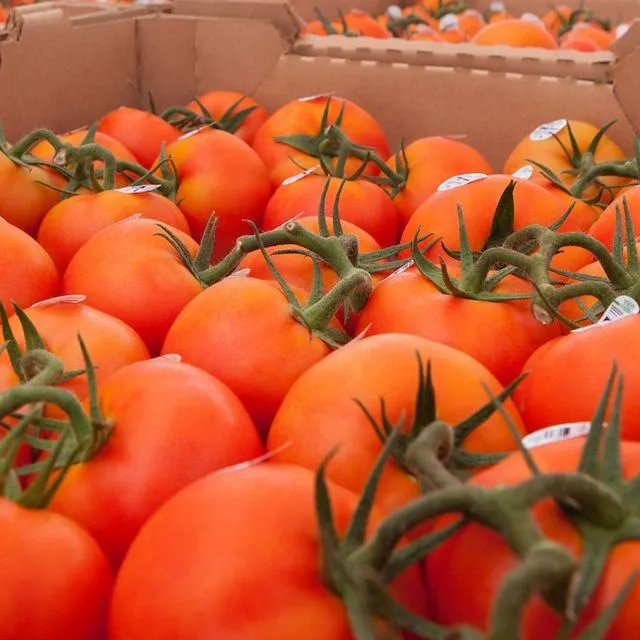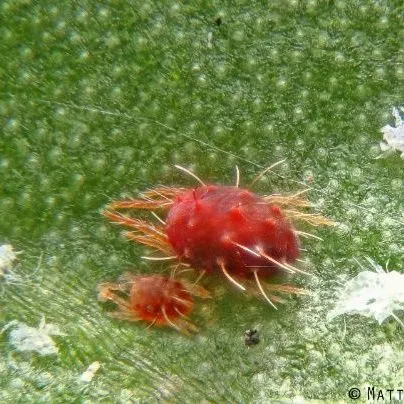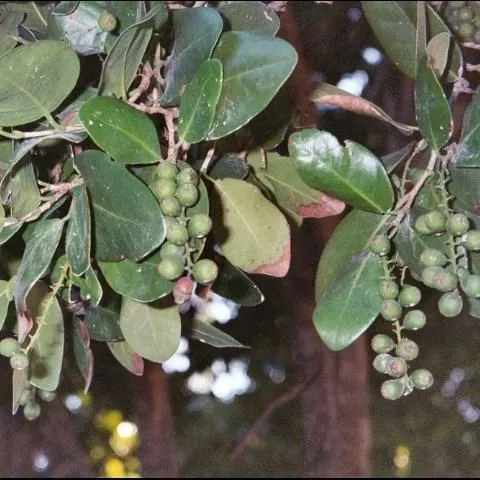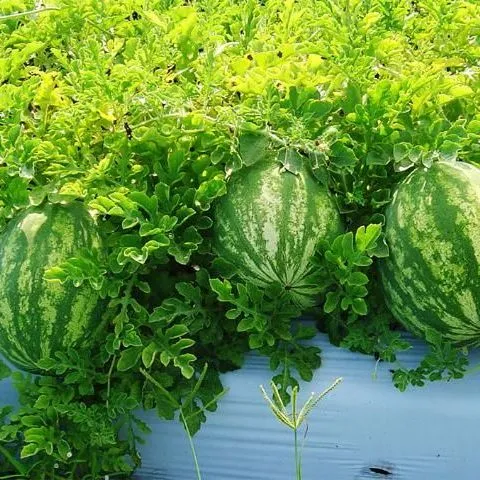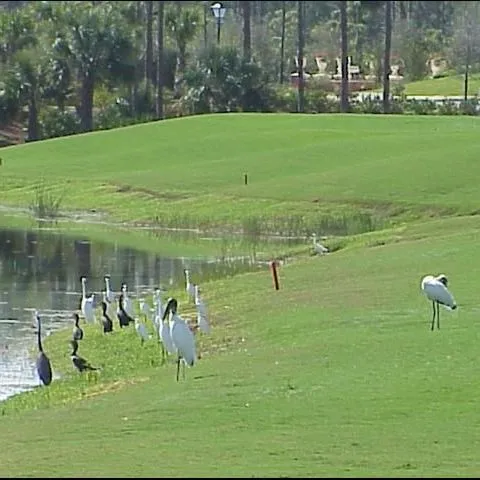Southwest Florida REC
The Southwest Florida Research and Education Center (SWFREC) is located in a vibrant agricultural region, one mile north of Immokalee and approximately 35 miles southeast of Fort Myers, where faculty and staff are actively conducting research programs in citrus horticulture, vegetable horticulture, irrigation and water resource management, precision agricultural engineering, pest management, plant pathology, citrus pathology, agricultural and natural resource economics, soil microbiology, plant physiology, weed science, soil science, and agricultural economics.
Editorial Team
- Mike Burton
New and Revised Publications
The Southwest Florida Research and Education Center (SWFREC) is located in a vibrant agricultural region, one mile north of Immokalee and approximately 35 miles southeast of Fort Myers, where faculty and staff are actively conducting research programs in citrus horticulture, vegetable horticulture, irrigation and water resource management, precision agricultural engineering, pest management, plant pathology, citrus pathology, agricultural and natural resource economics, soil microbiology, plant physiology, weed science, soil science, and agricultural economics.
Editorial Team
- Mike Burton
New and Revised Publications
Showing 43 of 43 Publications
Showing of 29 Experts
